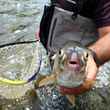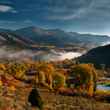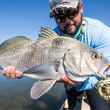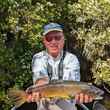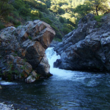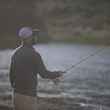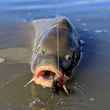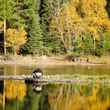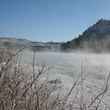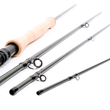For the past several seasons I’ve been spending most of my fishing time pursuing brown trout. Free-rising brown trout. While so engaged, I’ve been reminded countless times of a feeding quirk particular to this species. It’s this: Brown trout react to food according to their own whims and fancy, completely independent of its presence and abundance. Surround them with a good hatch, spinner fall, or stonefly flight, and brown trout might feed readily, might feed haphazardly, or maybe not at all.
A brown trout quirk
by John Juracek - Friday, Nov 29th, 2019



